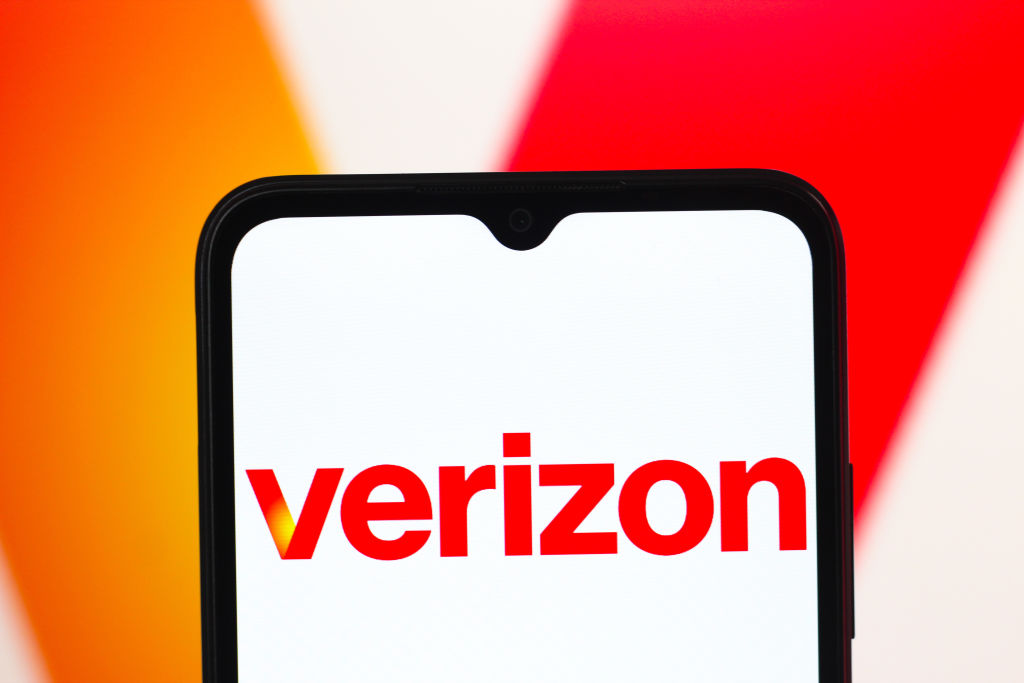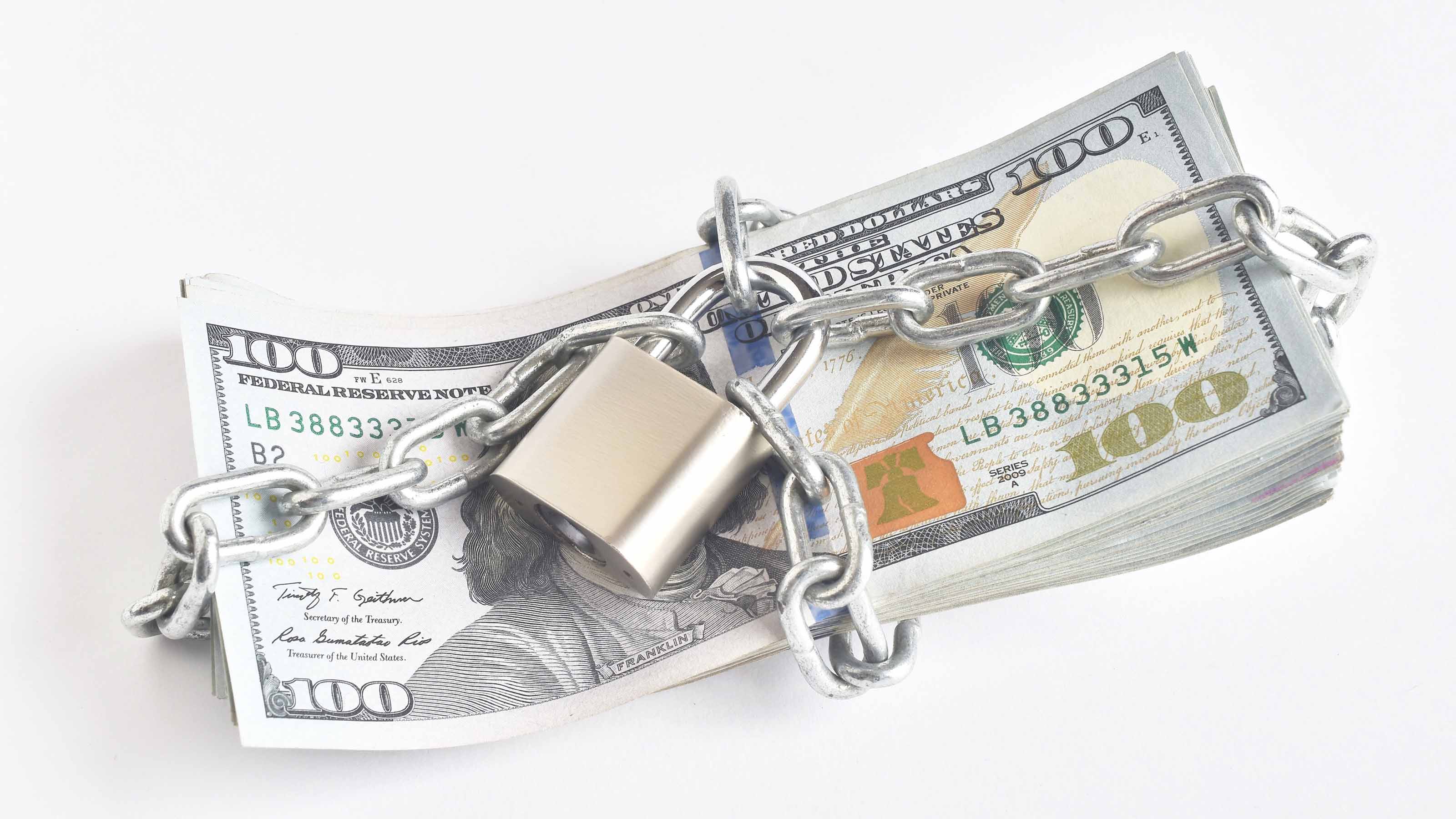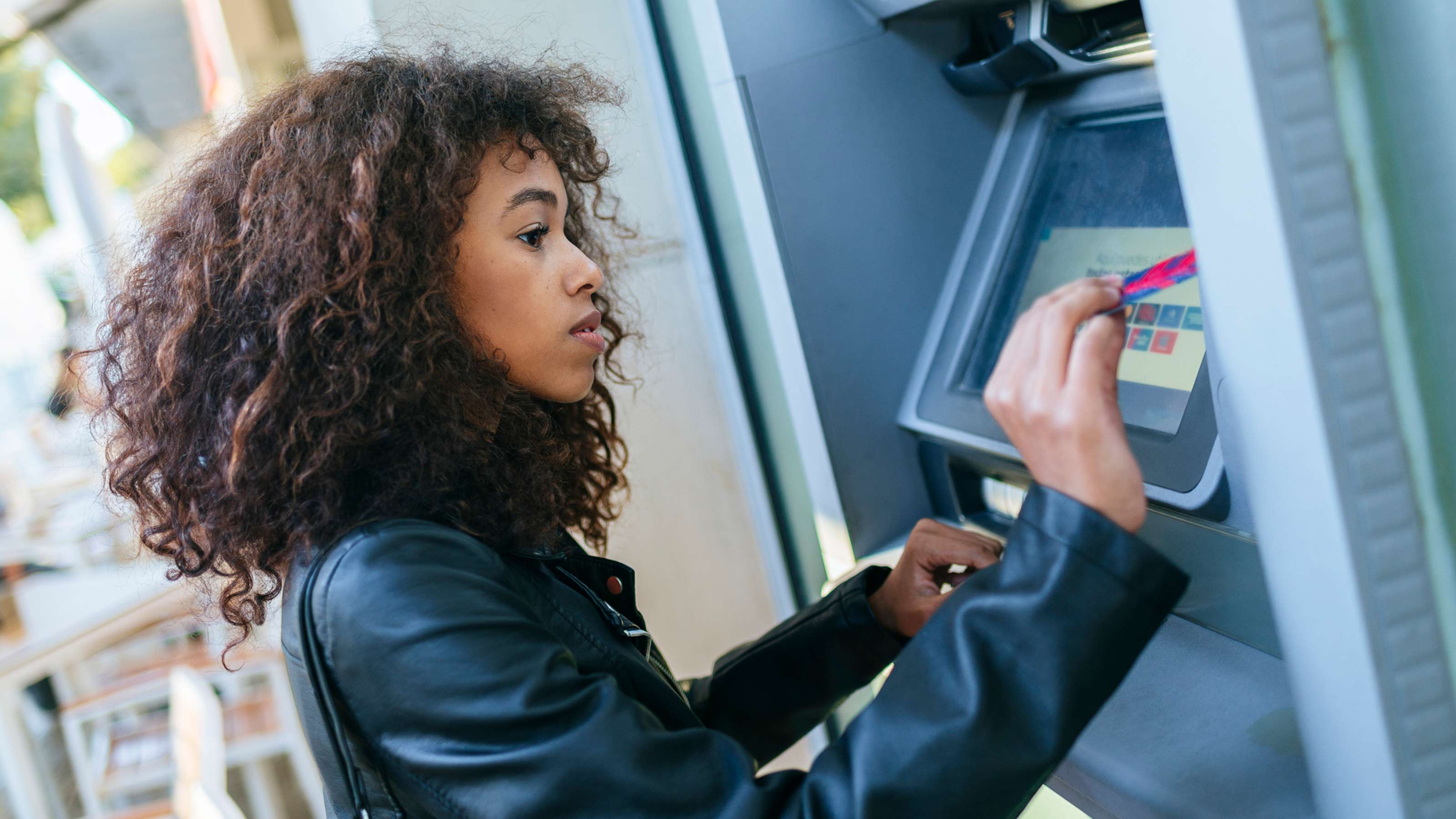Is Your Local Bank Closing? Why Branches Are Disappearing Nationwide
The future of banking is online, but not everyone is ready to say goodbye to in-person service. From mobile apps to banking deserts, here’s what’s behind the shift away from brick-and-mortar branches.

The nation’s largest banks are closing more brick-and-mortar branches, signaling a significant shift in how Americans access financial services. Institutions like Wells Fargo, Bank of America, Flagstar Bank and JPMorgan Chase have all announced branch closures in recent months.
These closures reflect a broader trend in the industry: the growing dominance of digital banking. As more customers turn to mobile apps and online platforms for everything from depositing checks to managing investments, banks are reevaluating the cost and necessity of maintaining physical locations.
While the shift makes sense from an efficiency standpoint, it also raises concerns about accessibility and financial inclusion — especially for those who depend on face-to-face service.

Sign up for Kiplinger’s Free E-Newsletters
Profit and prosper with the best of expert advice on investing, taxes, retirement, personal finance and more - straight to your e-mail.
Profit and prosper with the best of expert advice - straight to your e-mail.
How fast are banks closing branches in the US?
According to the Office of the Comptroller of the Currency’s weekly bulletin for March 16 through March 22, 2025, 32 banks closed nationwide. The list includes locations operated by major institutions such as Wells Fargo, U.S. Bank, PNC Bank, Bank of America and JPMorgan Chase.
While bank closures are not a new phenomenon, their pace has accelerated in recent years. The Federal Reserve Bank of Philadelphia’s U.S. Bank Branch Closures and Banking Deserts report notes that the trend began during the Great Recession but was significantly exacerbated by the COVID-19 pandemic.
Since 2020, the rate of bank branch closures in the U.S. has doubled. The majority of those closures come from large and very large banks, contributing to an overall 5.6% decline in total bank branches nationwide since the start of the pandemic.
At the same time, the formation of new banks has slowed to a trickle. According to S&P Global, only eight new banks were established in 2023, followed by just six in 2024 — a stark contrast to historical averages and a sign that fewer financial institutions are entering the market to replace those that disappear.
Which banks are closing locations?
Many large banks have announced that they will close more branches in 2025. These figures reflect the closures that have been announced to the Office of the Comptroller of the Currency; additional closures may be announced.
- Bank of America: Closing 27 locations
- JPMorgan Chase: Closing 15 locations
- Flagstar: Closing 52 locations
- TD Bank: Closing 37 locations
- U.S. Bank: Closing 40 locations
- Wells Fargo: Closing 49 locations
Why are so many banks shutting down physical branches?
Several factors are prompting banks to close branches. During the pandemic, demand for in-person banking declined. According to the U.S. Bank Branch Closures and Banking Deserts report, physical branches saw a decline in foot traffic, and banks are working to save money by closing the branches.
The development and expansion of mobile and online banking platforms has also reduced individuals’ reliance on in-person banking. Online and mobile banking can now support check deposits, bill payments, transfers between accounts and overall account management, so customers travel to bank branches less often.
That’s not to say that bank branches are unnecessary. There are still plenty of individuals who need or prefer to travel to a physical bank branch to do their banking. In-person customer service remains essential for certain transactions, and individuals still rely on branches or ATMs for access to cash.
How do bank closures and digital banking trends affect customers?

Banks won’t close all of their physical branches, but the role of the remaining locations is evolving. Rather than serving as a hub for everyday transactions, branches are increasingly focused on more complex financial services — such as mortgage applications, small business lending or personalized financial consultations — while routine banking moves online.
The wave of bank closures may also contribute to the rise of banking deserts —communities with limited or no access to traditional banking services. According to the U.S. Bank Branch Closures and Banking Deserts report, several Mid-Atlantic and New England states experienced significant growth in these underserved areas between 2019 and 2023. Delaware, Pennsylvania, New Jersey and Vermont saw some of the largest increases in banking deserts during that period.
To help bridge the gap left by branch closures, banks are experimenting with alternative service models. Some have introduced mobile branch buses — fully equipped, traveling banks that rotate between locations to provide in-person services in underserved areas.
Others have turned to technology, deploying video teller ATMs that allow customers to interact with a live teller via video chat in real time, offering a more personal touch than standard ATMs
The bottom line
As the capabilities of online and mobile banking increase, it’s likely that these platforms will become the go-to banking services for many, but bank branches will remain a resource for customer service and support when you need it.
With fewer branches available, though, you may have to drive a bit farther to get to your local bank.
Related Content
Get Kiplinger Today newsletter — free
Profit and prosper with the best of Kiplinger's advice on investing, taxes, retirement, personal finance and much more. Delivered daily. Enter your email in the box and click Sign Me Up.

Paige Cerulli is a freelance journalist and content writer with more than 15 years of experience. She specializes in personal finance, health, and commerce content. Paige majored in English and music performance at Westfield State University and has received numerous awards for her creative nonfiction. Her work has appeared in The U.S. News & World Report, USA Today, GOBankingRates, Top Ten Reviews, TIME Stamped Shopping and more. In her spare time, Paige enjoys horseback riding, photography and playing the flute. Connect with her on LinkedIn.
-
 Verizon’s Free iPhone Deal: What to Know Before You Switch or Upgrade
Verizon’s Free iPhone Deal: What to Know Before You Switch or UpgradeVerizon is offering a free smartphone — including the latest iPhones — with any myPlan, plus a three-year price lock. But is it really the best deal for you?
By Choncé Maddox
-
 Married? Five Ways to Ensure Your Estate Plans Work in Tandem
Married? Five Ways to Ensure Your Estate Plans Work in TandemGetting on the same page now means fewer potential problems when it counts.
By Kiplinger Advisor Collective
-
 What the House's Vote to Repeal CFPB Bank Overdraft Fees Cap Means For You
What the House's Vote to Repeal CFPB Bank Overdraft Fees Cap Means For YouThe Senate and House voted to overturn the Consumer Financial Protection Bureau's cap on bank overdraft fees. Here's what you need to know.
By Sean Jackson
-
 Could Joint Banking Be The Key To A Happy Marriage?
Could Joint Banking Be The Key To A Happy Marriage?Joint banking could lead to fewer arguments and increased relationship satisfaction.
By Erin Bendig
-
 Why More People Are Using Small Banks And Credit Unions
Why More People Are Using Small Banks And Credit UnionsMore people are considering community banks and credit unions for their lower interest rates and friendlier service.
By Jamie Feldman
-
 What Is FDIC, NCUA and SIPC Insurance? How Much Do They Cover?
What Is FDIC, NCUA and SIPC Insurance? How Much Do They Cover?FDIC, NCUA and SIPC insurance all protect your money. But do you know how much each one covers?
By Erin Bendig
-
 Savings Calculator: If You Saved $5,000 Five Years Ago, Here's What You'd Have Now
Savings Calculator: If You Saved $5,000 Five Years Ago, Here's What You'd Have NowTools Whether you’ve just opened a CD or a high-yield savings account, this simple calculator can show you how much cash you’ll have after a specified period of time.
By Erin Bendig
-
 Snag a $900 Bonus for Opening a Checking Account
Snag a $900 Bonus for Opening a Checking AccountBasics Want to get a bonus for opening a checking account? Just make sure you read the fine print.
By Ellen Kennedy